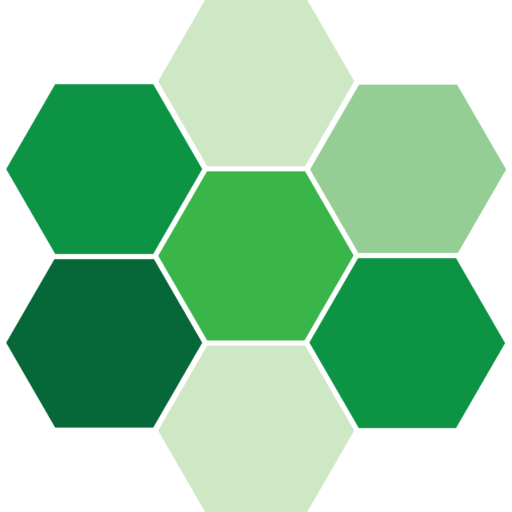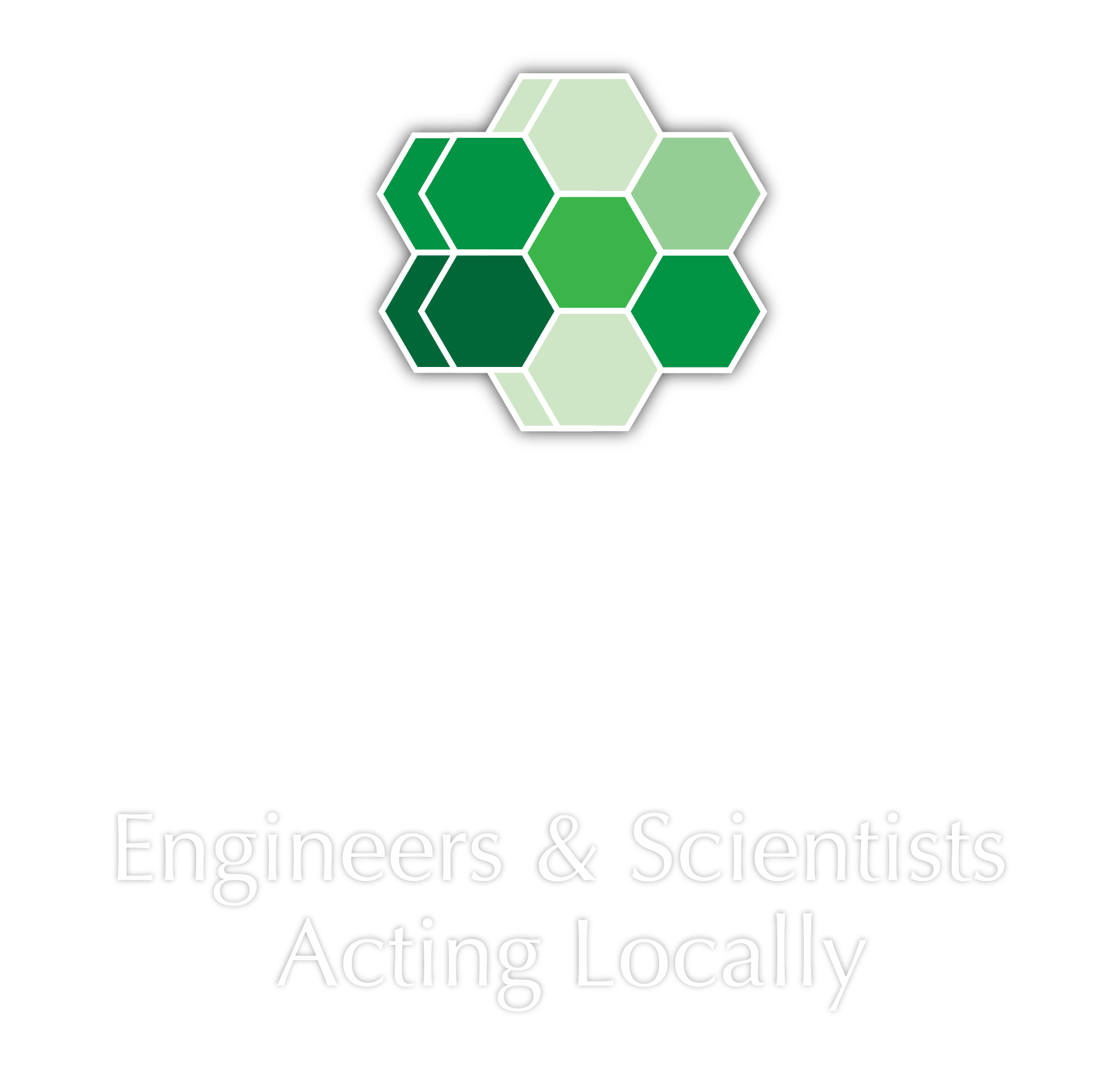Audrey Lee, a Ph.D. in electrical engineering, has helped translate energy policy at the highest levels of US government, advised the president of the California Public Utilities Commission (CPUC), and served on the BART Environmental Justice Commission. At Sunrun, she continues to work closely with policymakers, bringing residential energy solutions like solar and batteries to market to meet environmental and policy goals.


